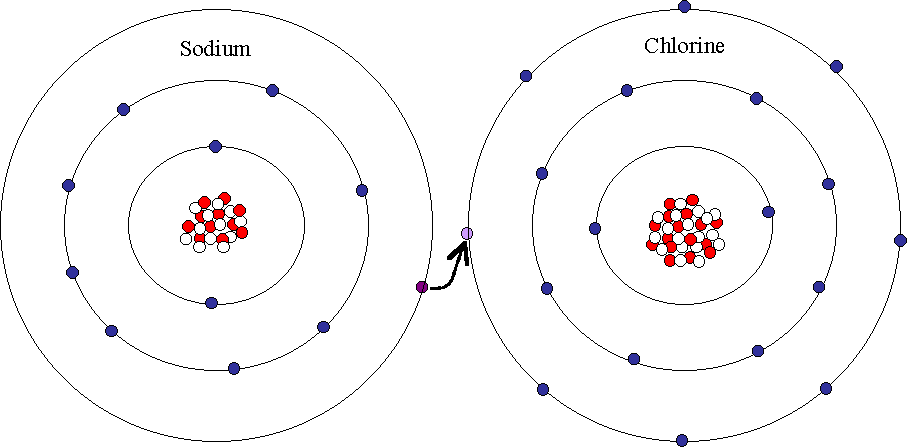
Previous Section Next Section INTRODUCTION Tris, Tris-(hydroxymethyl)-aminomethane.EDTA, (ethylenedinitrilo)-tetraacetic acid.P protein complex, as predicted by the direct interaction between the P protein and pre-tRNA leader.The intraholoenzyme K D is identical to or tighter than that of full-length PRNA, demonstrating that the P protein binds solely to the C domain.įinally, pre-tRNA asp (but not tRNA asp) stabilizes the PRNA The K D between the catalytic domain (C domain) and P protein has a similar triphasic dependence on ionic strength. At moderate ionic strength, the two effects balance so that the apparent K D is not dependent on the ionic strength.

Indicate that three to four ions are released on formation of holoenzyme, reflecting the number of ion pairs that occur between The observed affinity decreases as the ionic strength increases, consistent with disruption of ionic interactions. The addition of ATP, known to stabilize the structure of P protein, does not affect the affinity. Lithium substitution in lieu of potassium enhances the affinity at low ionic strength, whereas Ionic strength, the affinity of PRNA for P protein is enhanced as the ionic strength increases mainly due to stabilization The interface between the Bacillus subtilis RNA (PRNA) and protein (P protein) components, the intraholoenzyme K D is determined as a function of ionic strength using a magnetocapture-based assay. Ribonuclease P (RNase P) is a ribonucleoprotein complex that catalyzes the cleavage of the 5′ end of precursor tRNA.


 0 kommentar(er)
0 kommentar(er)
